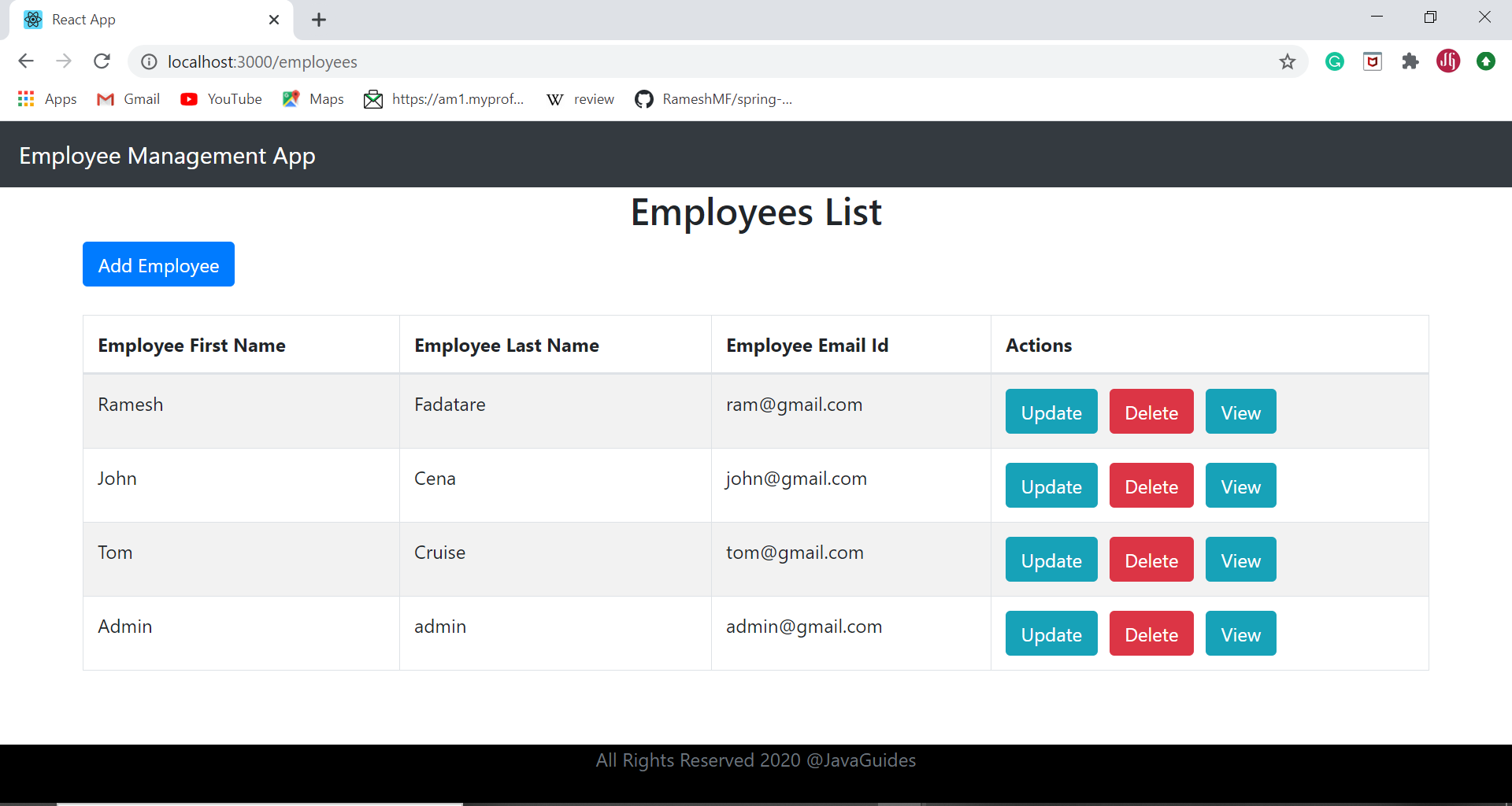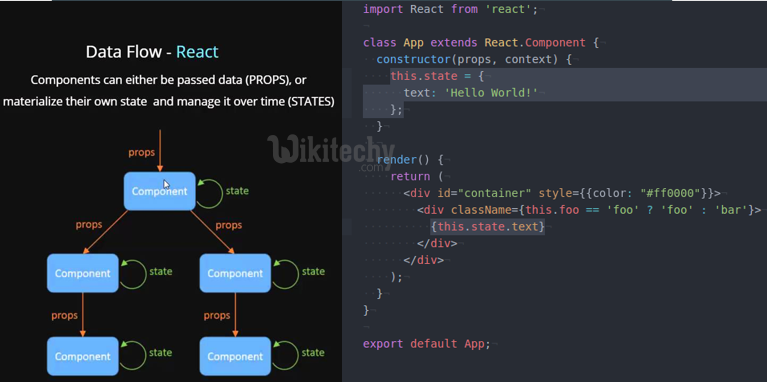


When developing a library you can’t always know how it will be utilized. JSX on the other hand, provides a convenient way to include HTML code in JavaScript. ES6 (also known as EcmaScript 6 or ES2015) introduces many new features to JavaScript, including classes and scoped variables. Yet, while it may be possible to write a React program using plain ES5, React normally utilizes ES6 syntax as well as JSX, packing it all with webpack. As a library developer, you would like your library to be supported in as many clients as possible, and these days, that would imply using ES5. JavaScript is an implementation of the ECMAScript specifications with support for the different versions of ES differing between browsers and browser versions. This will not be a comprehensive description of our library but rather a guide that will (hopefully!) help you develop your own ReactJs library. The rest of this tutorial demonstrates how I developed our React library. These components in turn would take advantage of the functionality provided by the Cloudinary Core JavaScript library. In effect, we needed to provide React components that the developer can integrate directly in their application. However in order for us to support developers that are using React to create fast and responsive websites, we wanted to provide them with a convenient React library that they could use to deliver media from Cloudinary. In Cloudinary’s case, we already provide a Cloudinary JavaScript library that can be used in any JavaScript based applications. A library is most useful when it exposes the functionality using the syntax, components and methodology of the environment it is deployed in. An SDK or library provides a developer access to underlying functionality without exposing the complexity of the implementation.


 0 kommentar(er)
0 kommentar(er)
